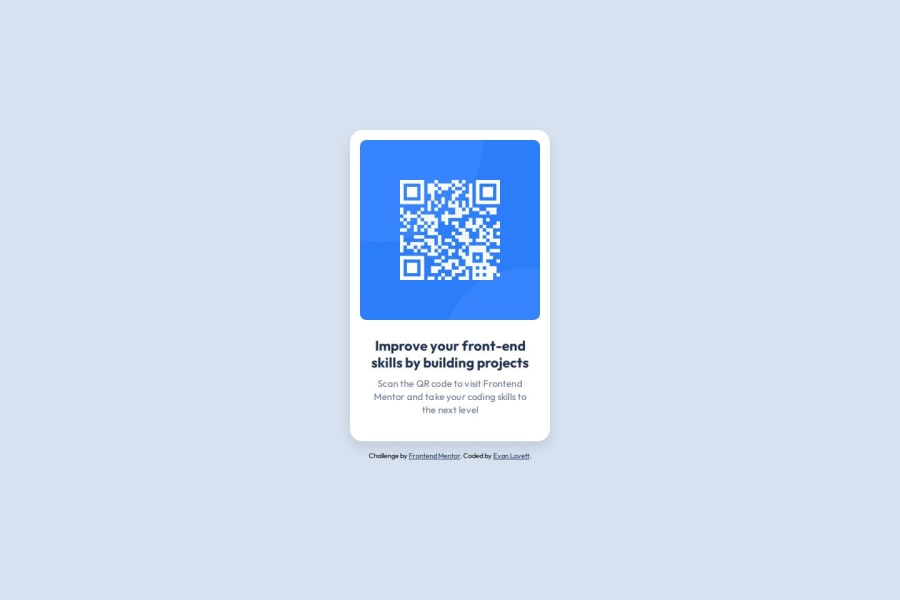
Design comparison
Solution retrospective
This was a great refresher on basic HTML/CSS. For my day job I typically use MUI components - so, although the CSS is syntactically similar, it was great to get back to the roots and write basic CSS outside of an sx prop. For the next project, I think I'll have an overall better approach to styling the various elements of the page because of this project.
My biggest challenges came from writing in vanilla HTML/CSS again. It's been roughly a year since I've worked in these languages to build a webpage, so that was slightly challenging at times. I overcame this by researching/reading articles - big thank you to the authors of articles on Medium!
What specific areas of your project would you like help with?No specific areas. However, any feedback is greatly appreciated!
Community feedback
Please log in to post a comment
Log in with GitHubJoin our Discord community
Join thousands of Frontend Mentor community members taking the challenges, sharing resources, helping each other, and chatting about all things front-end!
Join our Discord
